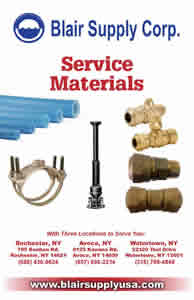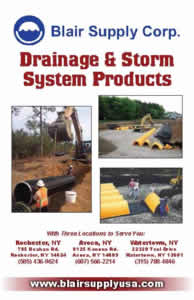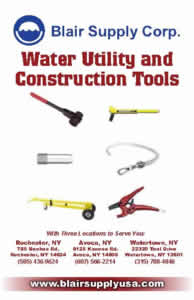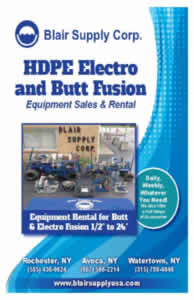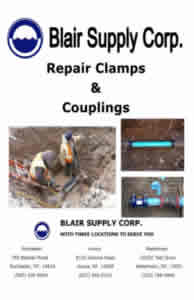Blog
Tapping Sleeve, Saddle Tap, Pipe Shoe: Knowing the Difference

The world of service fittings is incredibly diverse. So diverse, in fact, that it can be difficult to choose an ideal one for your specific project. The conundrum is further exacerbated by the fact that some of these materials bear many similarities and can even be used interchangeably in certain situations.
So, the logical question is: How do you determine if you should search for a pipe shoe, tapping sleeve, or saddle tap for sale? Well, by familiarizing yourself with their respective purpose, function, and application, of course – which is what this guide is all about.
What is the difference between a tapping sleeve and a saddle tap?
In general, there are five primary and two secondary features that distinguish service fittings from each other.
Primary features:
- Purpose;
- Design;
- Components (build);
- Installation (method/ease);
- Application.
Secondary features:
- Strength (derived from design & build);
- Complexity (derived from build & installation).
Now, let’s use these criteria to explain the differences between all three service fittings.
Saddle Tap
- Purpose: The main purpose of saddle taps is to create a new branch connection to an existing pipeline, although they’re commonly used in a variety of other applications, due to their versatility;
- Design: Partially encircles the pipe, covering only a portion of the total circumference;
- Components: Consists of a saddle body that features an outlet for attaching the branching pipe, which corresponds to the connection type (e.g. flanged, threaded, etc.). Comes equipped with a gasket and bolts for clamping onto the pipe;
- Installation: One of the easiest and quickest service fittings to install. It only involves clamping the body onto the pipe, securing it in place with bolts, and drilling a hole for a new branching connection.
- Application: Most suitable for low-pressure applications and smaller pipe sizes. Commonly used in water main, wastewater, and irrigation applications (among others).
Tapping Sleeve
- Purpose: Tapping sleeves are commonly used to create branch connections to an existing pressurized pipeline;
- Design: Typically encircles the entire diameter of the pipe, providing for a robust and secure connection;
- Components: Consists of a sleeve that wraps around the pipe and either a flange outlet or a mechanical joint outlet that serves as a mounting point for a branching line;
- Installation: A bit more labor-intensive to install (compared to saddle tap), as it may require welding in addition to bolting to secure the sleeve around the pipe;
- Application: Suitable for high-pressure systems and larger pipe diameters. Sleeves are commonly used in water and gas distribution systems, as well as other settings where high-strength connection is imperative.
What is the difference between a pipe shoe and a pipe saddle?
Since we’ve already discussed all there is about pipe saddles, we’ll only focus on pipe shoes in this section.
Pipe Shoe
- Purpose: The primary purpose of the pipe shoe is to support the weight and ensure the stability of the pipe by transferring the load to the supporting structure. Simultaneously, it helps reduce the stress on the pipeline by allowing for some movement due to thermal expansions and contractions.
- Design: Most commonly consists of a flat base that rests on the support structure, with a curved cradle on top that serves to hold and guide the pipe;
- Components: The specifics may vary depending on the intended application, but a pipe shoe may include a base plate, a cradle or a U-bolt to secure the pipe in place, and an optional insulation layer to protect the pipeline from temperature variations.
- Installation: The complexity of installation may vary, based on the application requirements. Installation typically entails securing the shoe to a support structure, placing the pipe into the cradle, and securing the pipe in place.
- Application: Suitable for a variety of applications where a pipeline requires support and a certain degree of movement is desirable, including high-temperature, high-capacity systems. Most commonly seen in industrial settings, such as refineries, power plants, and chemical plants, where pipes transport large quantities of high-heat fluids or gases but, also, in HVAC systems and general plumbing applications.
 Tabular overview
Tabular overview
To summarize the key differences between the three fittings, here’s an easy-to-understand overview of their features:
| Feature | Tapping Sleeve | Saddle Tap | Pipe Shoe |
| Purpose | Create branch connection | Create branch connection | Support and guide pipe |
| Design | Encircles entire pipe | Partially encircles pipe | Flat base with curved cradle |
| Components | Sleeve, flange/mechanical joint outlet | Saddle body, gasket, bolts, outlet | Base plate, cradle/U-bolt, insulation (optional) |
| Installation | Bolted or welded | Clamped and drilled/tapped | Rested on support, possibly clamped |
| Applications | High-pressure settings, large diameter pipes | Lower pressure settings, smaller diameter pipes | Industrial settings, thermal expansion |
| Strength | High | Moderate | High |
| Complexity | More complex | Simpler | Varies |
Where can I find a high-quality saddle tap for sale near me?
Whether you’re looking for a precisely sized tapping saddle, a durable sleeve, or an application-specific pipe shoe, you can never go wrong with Blair Supply. For nearly seven decades, we’ve been the prime supplier of water and wastewater materials and an integral part of innumerable commercial, industrial, municipal, and residential projects in NY State and nationwide. Contact us today and reap the benefits of our expertise and top-tier materials!

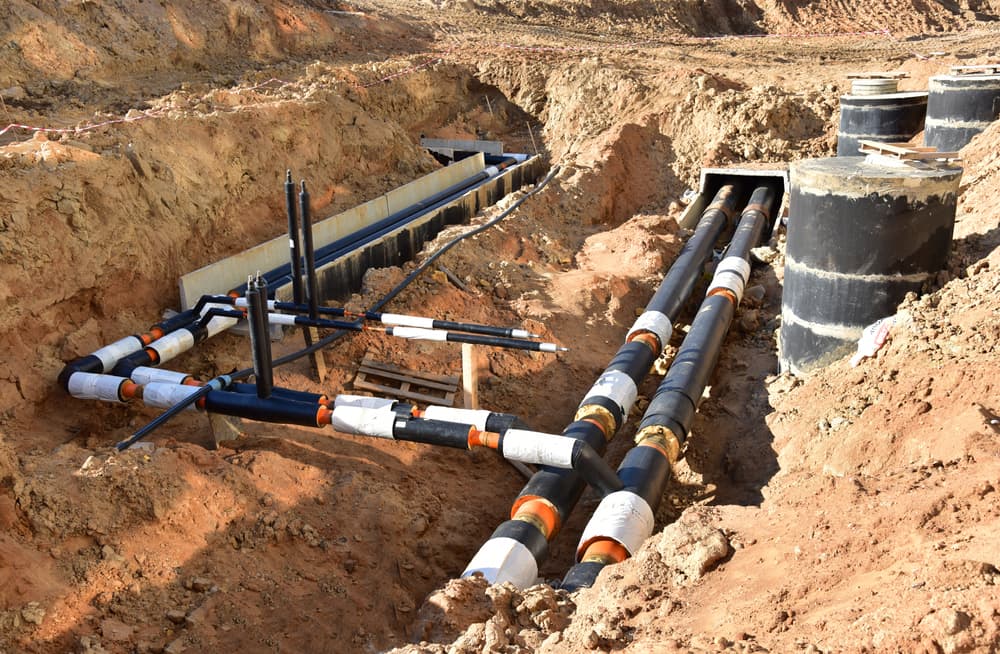 Tabular overview
Tabular overview